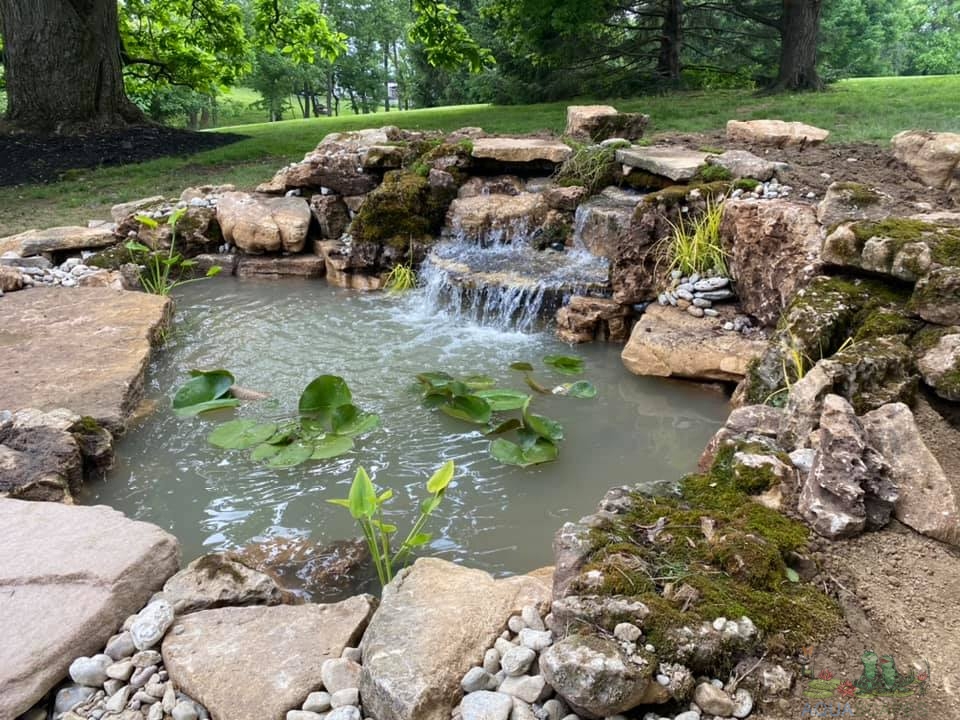Maintaining a healthy water garden is key to enjoying its beauty year-round. By regularly monitoring water quality and the overall ecosystem, you ensure that your aquatic haven remains vibrant, clear, and supportive of plant and wildlife life. Here are some essential tips and strategies to help you monitor and maintain water garden health effectively. 💧
Understanding the Importance of Water Quality
Water quality directly influences the health of your water garden. Clean, well-oxygenated water supports aquatic plants, discourages algae overgrowth, and creates a balanced environment for fish and beneficial bacteria. Regular monitoring helps you catch issues early, ensuring that your garden stays pristine and inviting.
Key Parameters to Monitor
1. pH Levels:
The pH of your water is critical. Most aquatic plants and animals thrive in slightly acidic to neutral water (typically between 6.5 and 7.5). Regular testing with pH strips or digital meters can help you maintain a balanced environment. If your pH drifts too far in either direction, it may be necessary to add buffering agents to restore equilibrium.
2. Dissolved Oxygen:
Oxygen is the lifeblood of any aquatic system. Ensure that your water is well-oxygenated by monitoring dissolved oxygen levels. Adequate circulation from a quality pump not only helps maintain oxygen levels but also keeps the water moving to prevent stagnation.
3. Water Clarity:
Clear water is a sign of a healthy water garden. Cloudiness or discoloration often indicates algae growth or suspended particles. Regularly check for clarity by observing the water’s appearance and conducting tests if needed. Mechanical filters and natural aquatic plants can help manage water clarity.
4. Temperature:
Water temperature can significantly affect your garden’s ecosystem. Extreme temperatures may stress aquatic life. Use a waterproof thermometer to monitor temperatures, especially during seasonal changes, to ensure they remain within the ideal range for your plants and animals.
5. Nutrient Levels and Algae:
Nutrients like nitrates and phosphates feed algae. Over-fertilization or organic waste buildup can lead to algae blooms, which cloud your water and disrupt the ecosystem. Regular testing and, if necessary, using natural or chemical treatments can keep nutrient levels in check.
Tools and Techniques for Monitoring
- Testing Kits and Digital Meters: Invest in comprehensive water testing kits that cover pH, dissolved oxygen, and nutrient levels. Digital meters offer precision and ease of use.
- Regular Visual Inspections: Sometimes, a simple observation goes a long way. Look for signs of plant health, algae buildup, and clarity in your water garden.
- Automation and Smart Sensors: Modern technology has made monitoring easier than ever. Sensor-driven systems can continuously track water quality and send alerts to your smartphone, ensuring you stay informed about changes in real time.
- Professional Help: For larger water features, consider periodic evaluations by professionals who can provide a detailed analysis and recommend adjustments.
Establishing a Monitoring Routine
Creating a regular schedule for water testing and maintenance is vital. Daily or weekly checks can help you catch minor issues before they escalate. Document your findings over time—this data can reveal trends and help you make proactive adjustments to your water garden’s ecosystem.
Monitoring water garden health is an ongoing commitment that pays dividends in the form of clear water, thriving plants, and a balanced ecosystem. With the right tools, regular attention, and a proactive approach, you can enjoy an outdoor oasis that is as beautiful as it is sustainable. Embrace these practices, and let your water garden flourish into a living, breathing retreat that revitalizes your space and spirit. 😊

